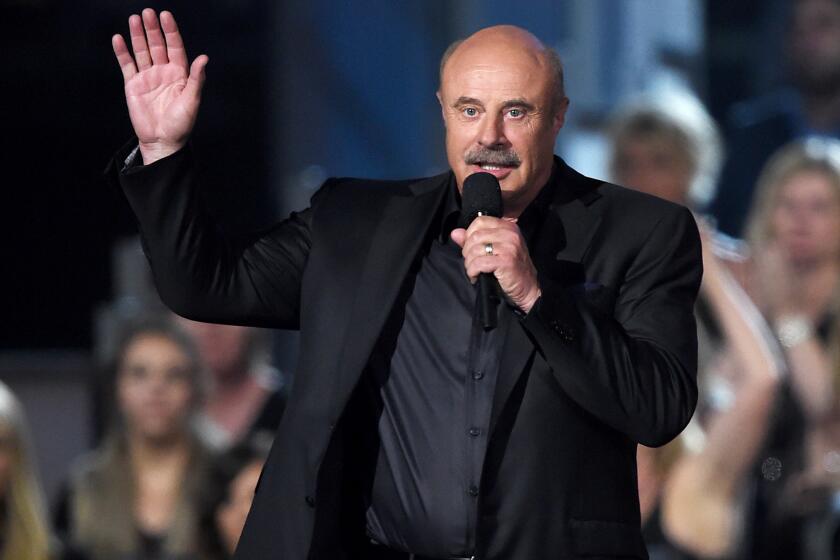MUSIC REVIEW : Ravi Shankar and Son Shubho Bring Sounds of Classical Sitar to Arts Center
- Share via
As Western ears become more accustomed to the largely improvised, slowly unfolding classical music of Northern India, appreciating the talents of a virtuoso like Ravi Shankar becomes a more sophisticated task. Yet when the 69-year-old sitarist appeared at the Orange County Performing Arts Center on Friday, it wasn’t hard to enjoy his polished, expert musicianship with the awe and wonder of a child.
Accompanied on sitar by his son Shubho--an Orange County resident--and on tabla by Indian musician Kumar Bose, Shankar relished each sound from the smallest intervallic step to the quickest of passages, creating music that was surprisingly accessible given the long duration and absence of contrast in each performance.
The five members of the ensemble, which also included two droning tambouras (a lute-like stringed instrument), sat on the floor between two large ferns while candles burned and incense fumed.
Four presentations averaging about 35 minutes apiece used a traditional format that Shankar carries on from his late mentor, Allauddin Khan. An opening section without meter called the alap introduces the raga--a predetermined set of pitches and melodic motives--and then develops into a climactic, rhythmic section called the gat.
The first two improvisatory sessions utilized traditional ragas. The two Shankars often broke off into imitative sections, trading off different motives and virtuosic passages.
In contrast to his father, the younger Shankar chose to be more daring, often vigorously bending pitches while quickly maneuvering up and down the neck of his instrument. Bose’s contribution on tabla provided tasteful, expert support when appropriate and busy, rapid-fire tappings while soloing.
After an intermission, the ensemble improvised on one of Ravi Shankar’s original ragas called pancam-segara . The pitch materials proved more complex than the traditional ragas, creating multifarious combinations and ending with a virtuosic tabla solo, undoubtedly borrowed from the jazz or rock music tradition.
The three-hour evening ended with a shorter, showy performance that seemingly pulled out as many virtuosic stops as possible. The audience responded with an immediate standing ovation.
More to Read
The biggest entertainment stories
Get our big stories about Hollywood, film, television, music, arts, culture and more right in your inbox as soon as they publish.
You may occasionally receive promotional content from the Los Angeles Times.








